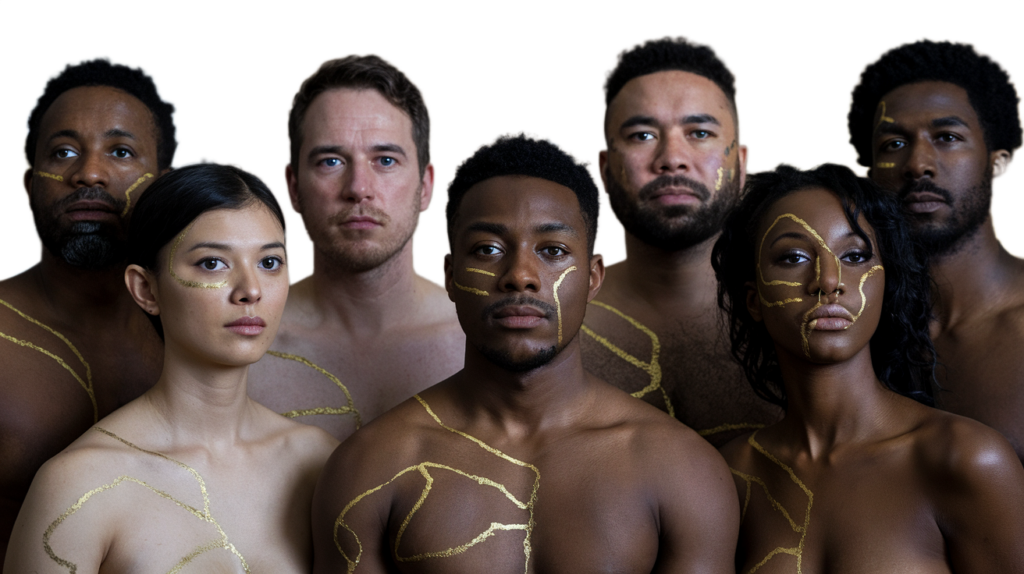
FOUNDER’S MESSAGE: BREAKING THE CYCLE OF SHAME & SILENCE
I know personally how sexual abuse can cause deep emotional wounds and devastate lives, yet I see far too little is being done to address the root causes. Instead, most of what’s being done is making the matter worse.
What am I talking about? A cultural and systemic force that fractures people from themselves: body shame.
This shame is a tool of control. It silences pain, hides experiences, and forces individuals to internalize blame instead of challenging the system that created it.
One of the most damaging lies? The belief that nudity equals sex, that the human body is dangerous, and that covering up creates morality and safety.
This belief is a distortion—one that fuels harm instead of preventing it.
CHALLENGING THE MYTH THAT NUDITY = SEX



Yes, we are sexual beings. But suppressing our bodies doesn’t create balance; it creates distortion and obsession.
Renowned researchers have found that most individuals struggling with deviant sexual behaviors came from repressive, sex-negative upbringings where sexuality was condemned or never discussed. (Money, 1986)
This is not a coincidence.
Even figures like Hugh Hefner have spoken about growing up in deeply repressive households. When a culture treats nudity as inherently sexual and shameful, it warps our perception of the human body.
💀 Clothing worn unnecessarily doesn’t just cover the body—it emphasizes, over-sexualizes, and even shames it. 💀 When nudity is seen only as sexual, attraction becomes hyper-focused on the body rather than on emotional or relational connection.
But the truth is this: Being comfortable with the body in appropriate contexts—like swimming, relaxation, sports, and self-care—doesn’t pervert, suppress, or titillate. It simply allows acceptance without fear or shame. Shame does nothing to improve our bodies but everything to erode our confidence, enabling us to be victimized more easily.
MY STORY: BREAKING FREE FROM SHAME

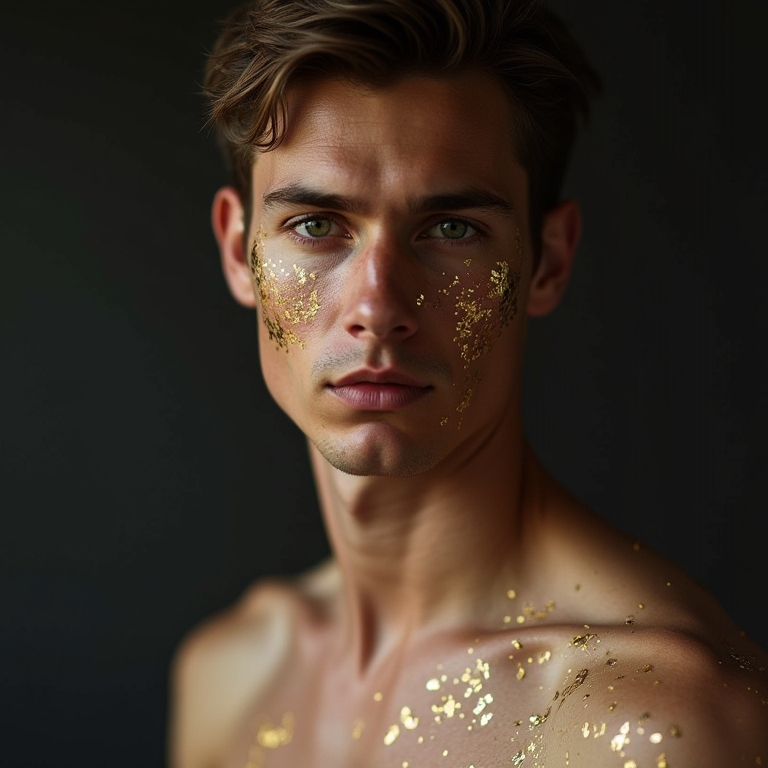
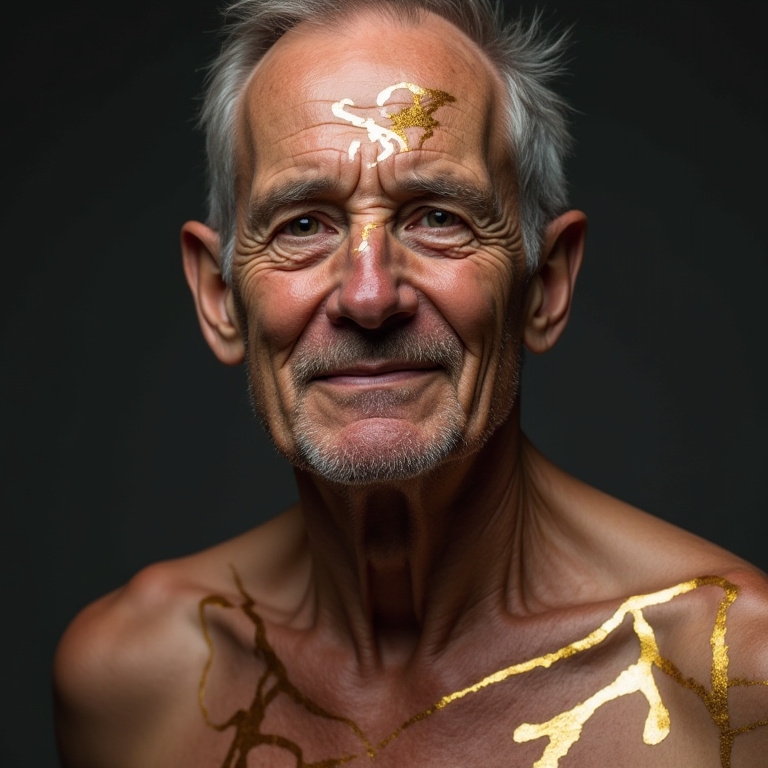
Sharing this isn’t easy. But silence allows harm to continue unchecked, and I refuse to be silent any longer.
I was sexually abused by neighbors as a child. Raised in a culture steeped in shame, I kept it hidden for decades, believing the lie that something was wrong with me rather than what was done to me.
This internalized shame trapped me in silence. When I began to break free, I faced another struggle—realizing that full-body acceptance itself was seen as “sinful” by my family and the culture I was raised in.
Shame makes children far more vulnerable to abuse, not less!
Psychologist Dr. Grace Ketterman found that when children are punished for natural curiosity about their bodies, two things happen:
1️⃣ They explore in secret—alone or with others—leading to confusion and shame. 2️⃣ They become afraid to talk to their parents about anything related to their bodies or sexuality.
Had my family and culture embraced a healthy view of the human body, I believe the abuse I endured might have been prevented, or at least, I would have spoken up sooner.
WHY BODY SHAME KEEPS ABUSE HIDDEN

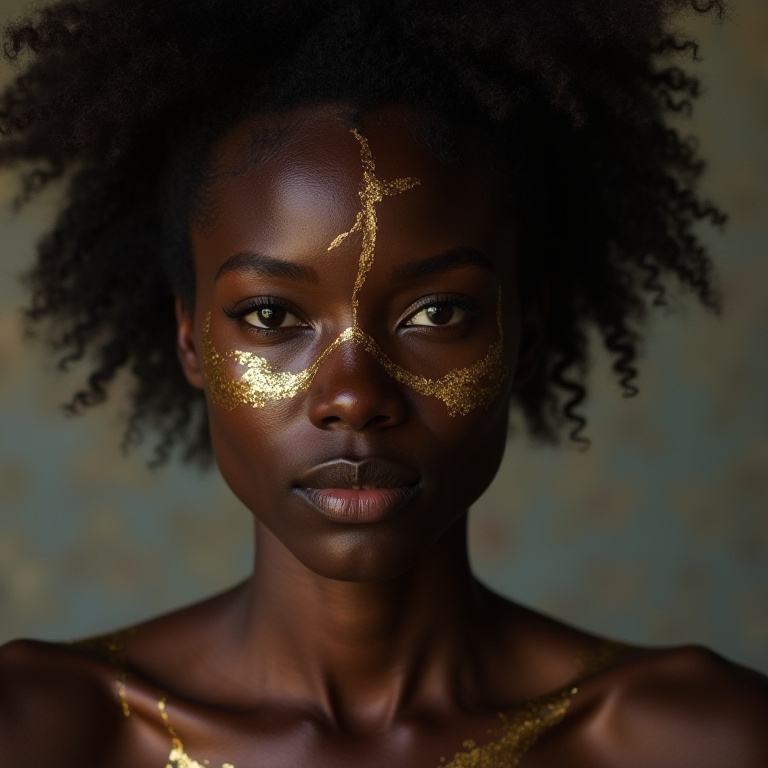
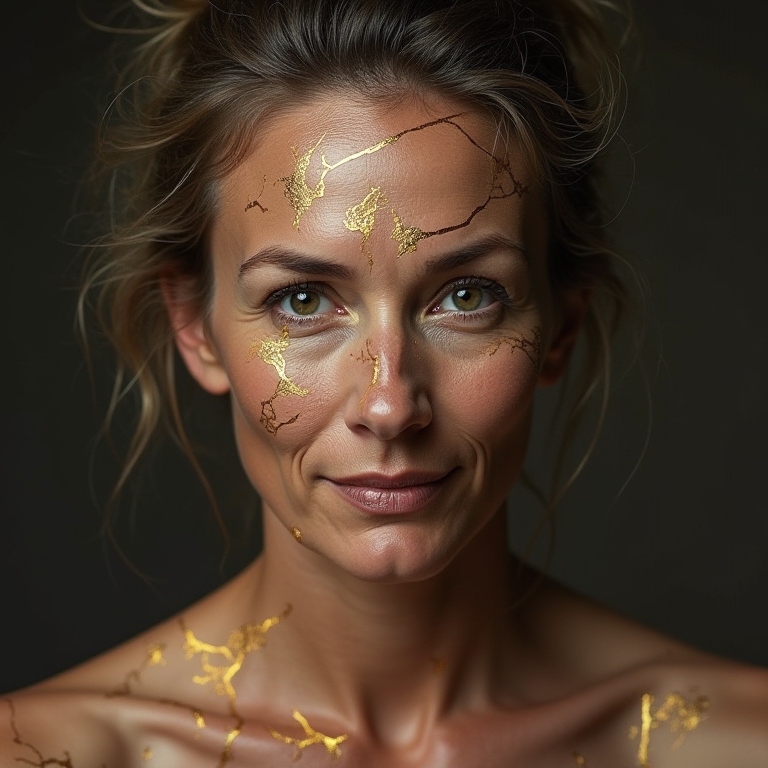
Loving parents can’t prevent all abuse, but they can reduce the risk and create an environment where children feel safe speaking up.
In homes where nudity is normalized and sexual topics are discussed openly and respectfully, children are far more likely to report abuse immediately because they don’t fear their parents’ reactions. Such homes are far more likely to exist in a culture where nudity is, again, normal as it was for most of human history.
But in homes and a society steeped in body shame, silence often lasts a lifetime. Children fear that speaking up will lead to punishment, disgust, or even more shame.
🚨 Children taught that their bodies are shameful often internalize this belief:
🔗 “There’s not just something bad happening to me—there’s something bad about me.”
That belief keeps abuse hidden and makes its damage even deeper.
HOW BODY ACCEPTANCE HEALED ME


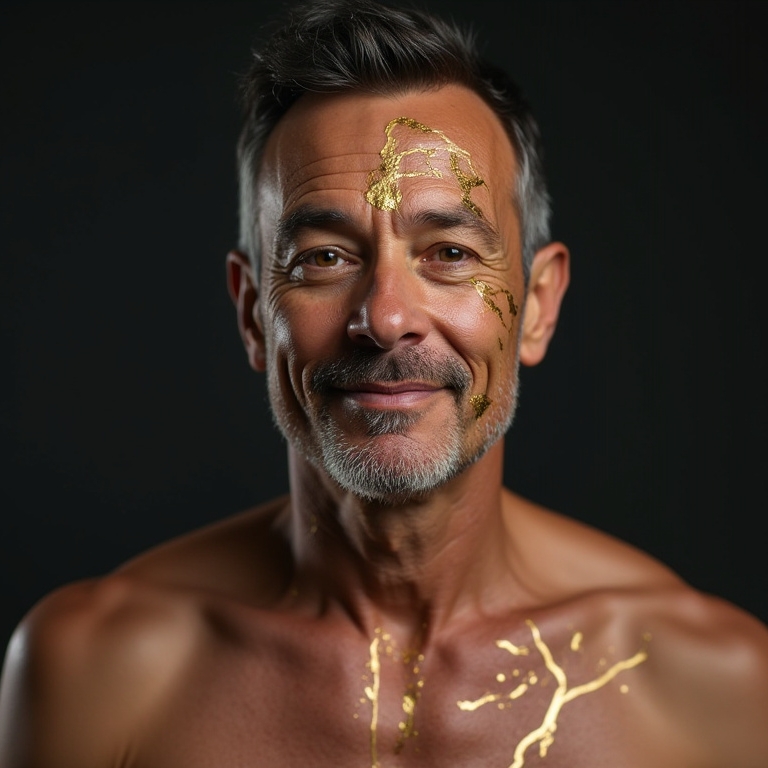
At 12 years old, I stumbled across books in a library about naturism and body acceptance. That discovery, I believe, saved me from pornography addiction—or worse.
Instead of viewing my body as shameful, I learned to see it as natural and good.
Body acceptance helped me undo years of toxic shame, heal from abuse, and develop a healthy, respectful attitude toward the human body.
Research confirms this:
🔥 Body acceptance reduces low self-esteem, depression, sexual dysfunction, addiction, and even abuse. (Pearl, 1999) 🔥 Experiencing non-sexual nudity in social settings helps rewire perceptions—from shame to wholeness. 🔥 Cultures with normalized nudity have lower rates of sexual violence and body dysmorphia. (Swami et al., 2018)
But few challenge the myths they’ve been taught—unless those myths are exposed for the harm they cause.
FACING BACKLASH FOR TELLING THE TRUTH
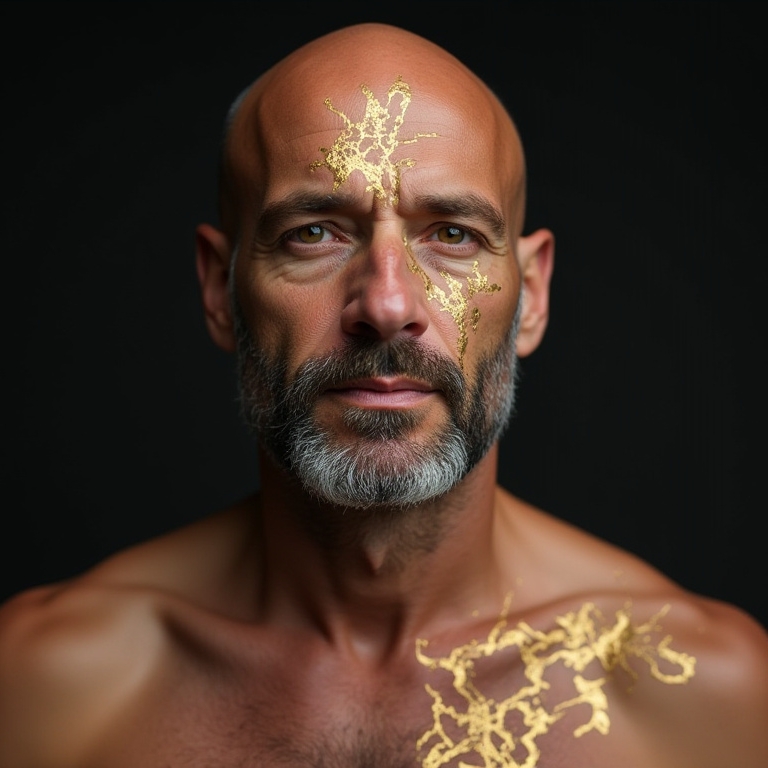
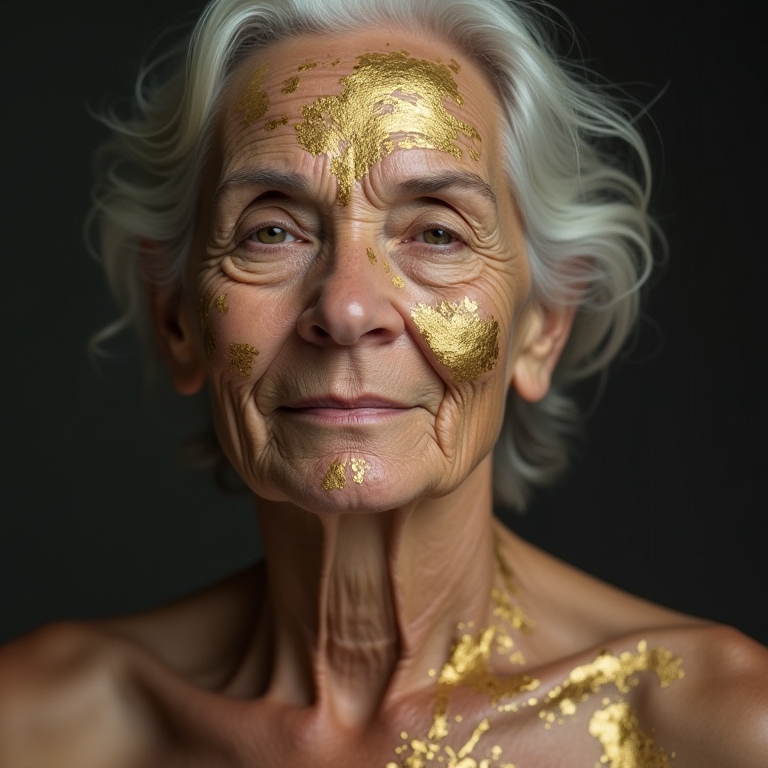
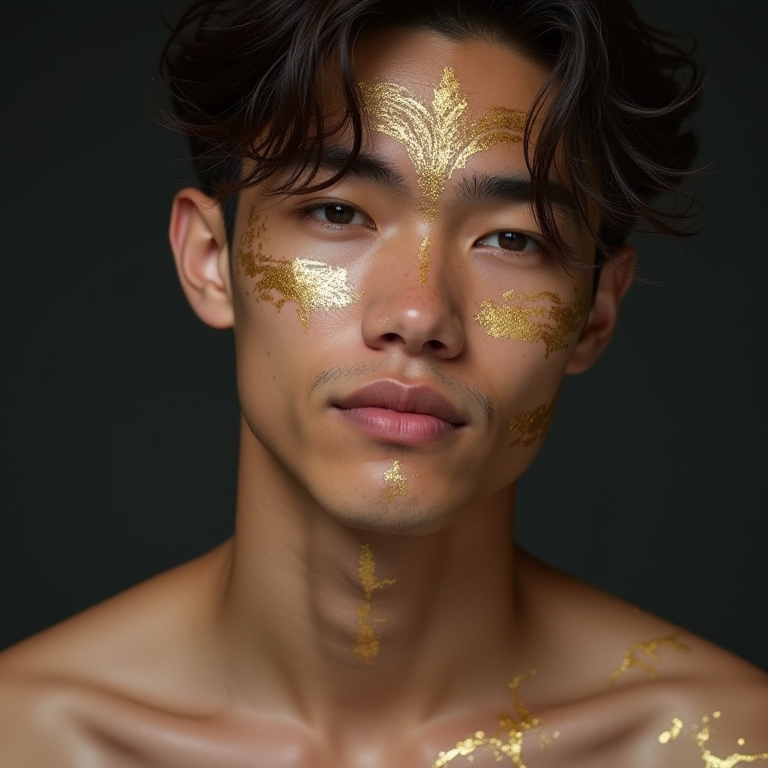
Challenging deep-seated beliefs is never easy. As Voltaire said:
“It is dangerous to be right on a subject on which the established authorities are wrong.”
I have faced severe backlash for speaking on body acceptance.
Decades ago, I created a website called Shamebreakers. I longed to share it with my family but feared their reaction.
That fear became real; it was discovered, and I was forced to shut it down. Family pressure and religious beliefs pushed me into a church-based sexual addiction program—despite having no addiction.
Their refusal to consider another perspective was devastating. But it proved my point: Shame-based conditioning is so powerful that people will silence others before questioning their own beliefs.
Afterward, a friend invited me to Florida to work with him. Unfortunately, it didn’t work out, and I stepped away from this work for years.
WHY I’M SPEAKING OUT AGAIN

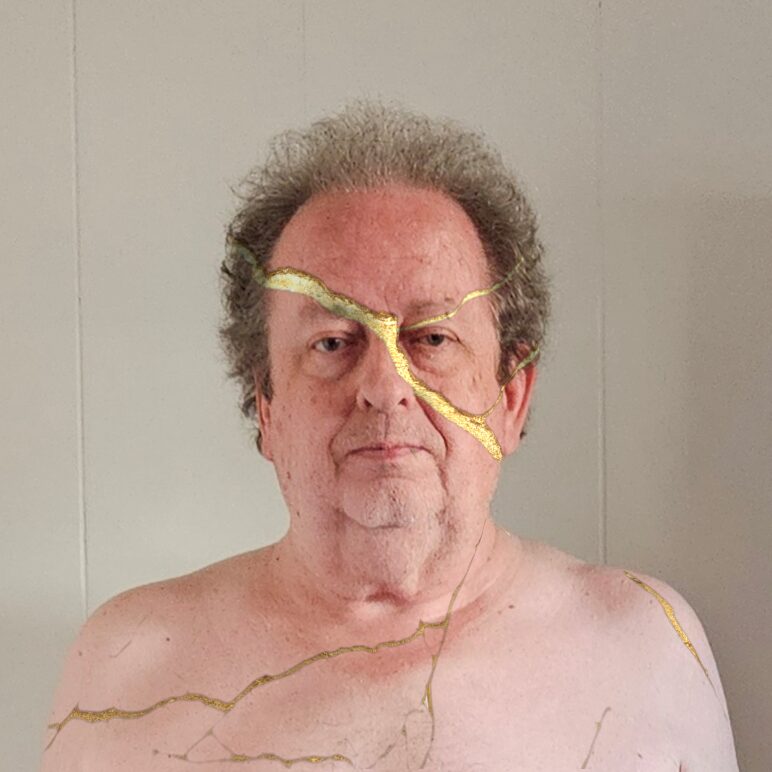
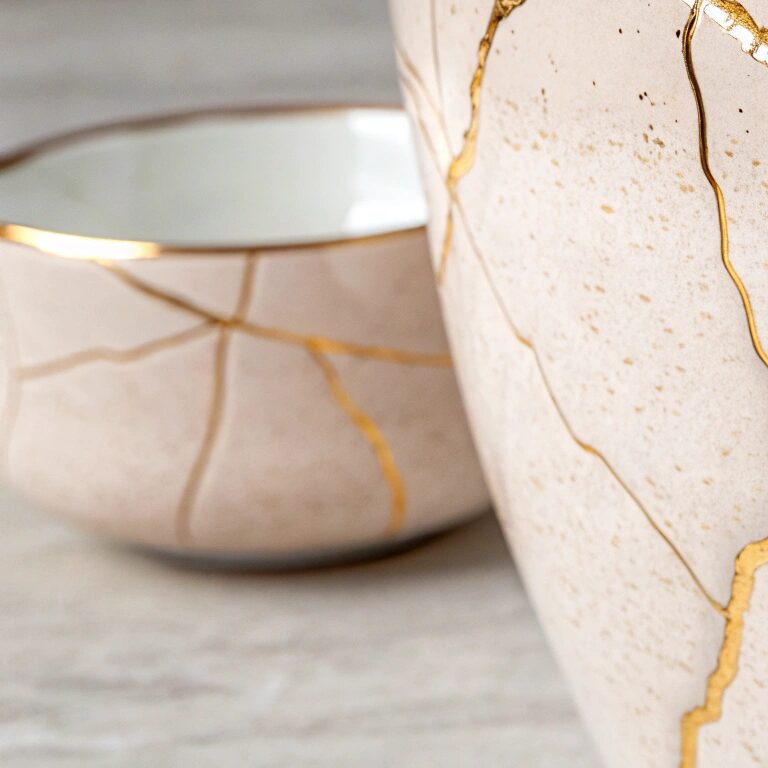
Over the years, I’ve kept asking questions, seeking understanding, and challenging the beliefs I grew up with. The more I research and observe, the more convinced I become that body shame is one of the most destructive forces in our culture.
I began reviving a version of my old ShameBreakers—transforming it from an informational website into a movement dedicated to breaking shame and normalizing natural nudity. But it still felt inadequate. This is about more than just breaking shame; it’s about reclaiming human dignity. We are miracles of the universe, every part of us, and we should embrace that truth – FULLY.
Thus, the Reclaim Dignity: Reject Shame Initiative was born.
✍ David Asher Founder, Shame Breakers Foundation.
About the images in this Article:
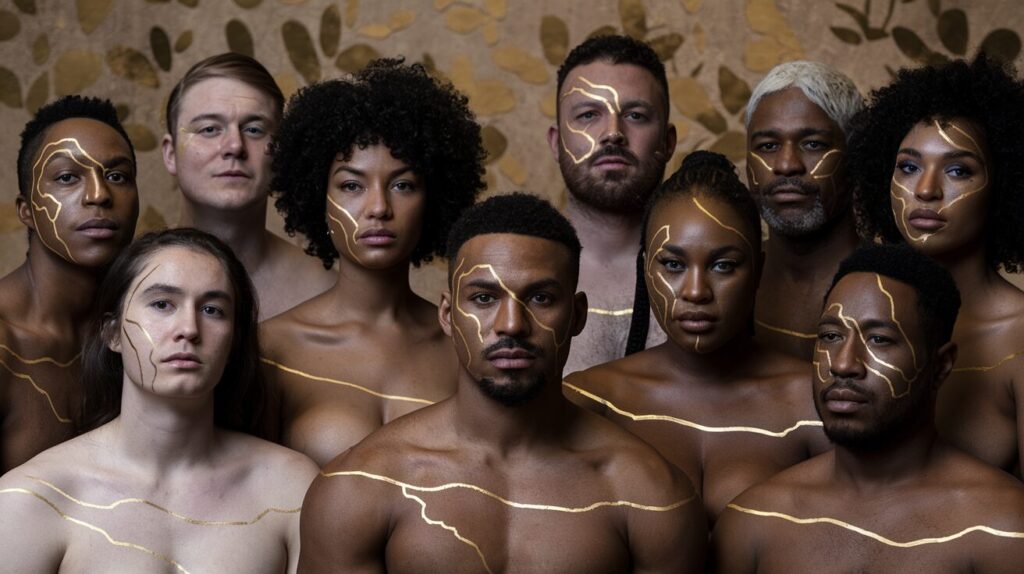
I know the power of images, but I struggled with how to illustrate this article due to its sensitive nature. How do you visually represent something as personal and profound as the journey from sexual abuse and shame to full body acceptance?
In this article, you’ll see AI created images of individuals marked with golden lines—an artistic reflection of Kintsugi, the ancient Japanese practice of repairing broken pottery with gold. Instead of hiding the cracks, Kintsugi honors them, embracing each fracture as part of the object’s history and unique beauty.
This concept speaks deeply to the experience of healing from both abuse and shame. Just as Kintsugi transforms brokenness into beauty. We, too, can honor our physical and emotional scars. The lines in these images symbolize not weakness but resilience. Not defeat, but survival. Not shame, but strength.
Shame has fractured many of us. It tells us that our bodies are flawed, that our experiences diminish us, and that our scars are marks to be hidden. But the truth is the opposite. Our scars are symbols of courage and growth. Each crack tells a story of persistence, of choosing to rise, and of reclaiming wholeness.
By embracing our natural bodies, we do more than reject shame—we choose to highlight our strength and celebrate our unique journey. These images are a reflection of that choice: to heal, to reclaim, and to embrace full-body acceptance. They remind us that we are not broken—we are becoming. And in that becoming, there is profound beauty, strength, and freedom.
